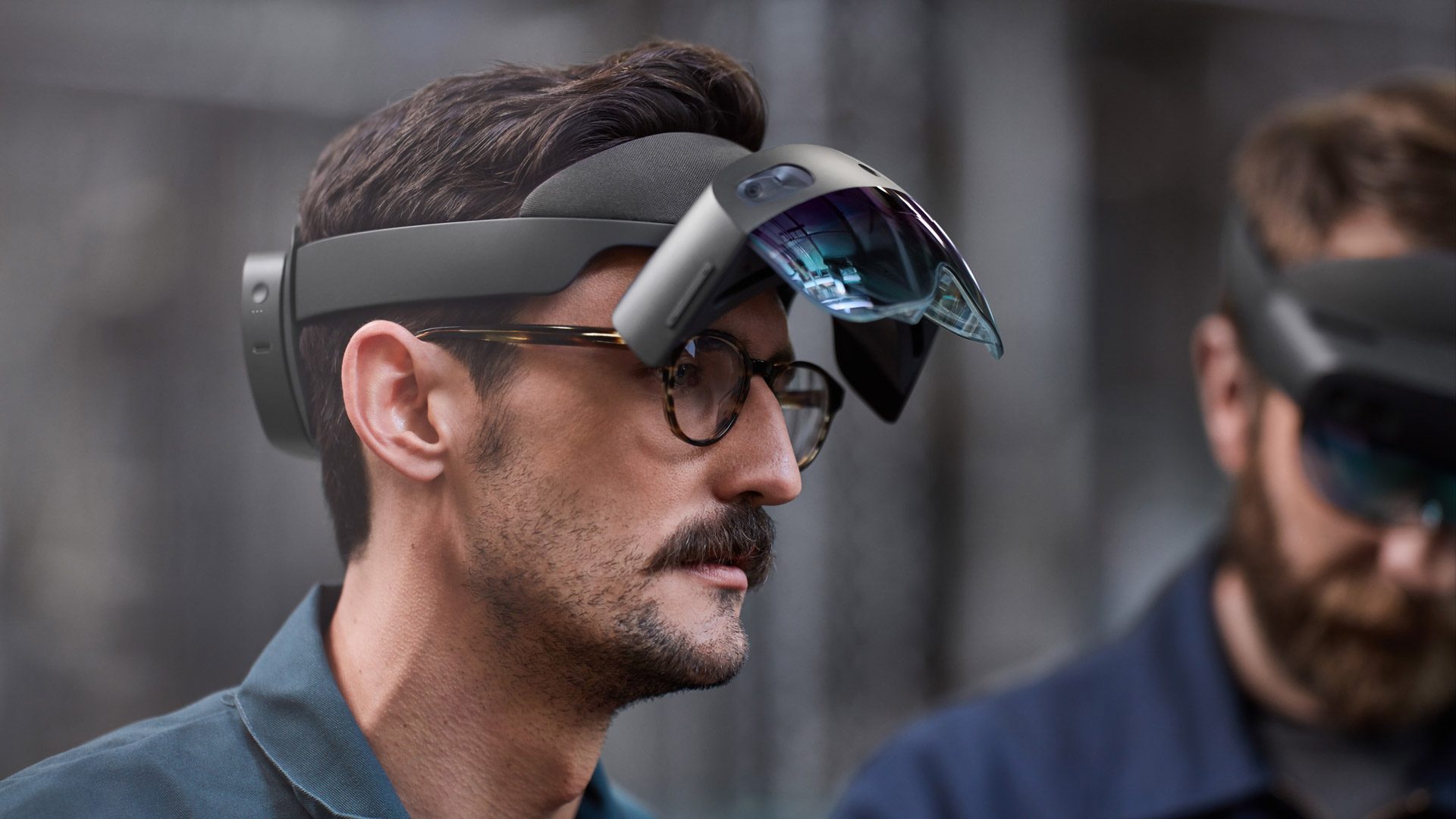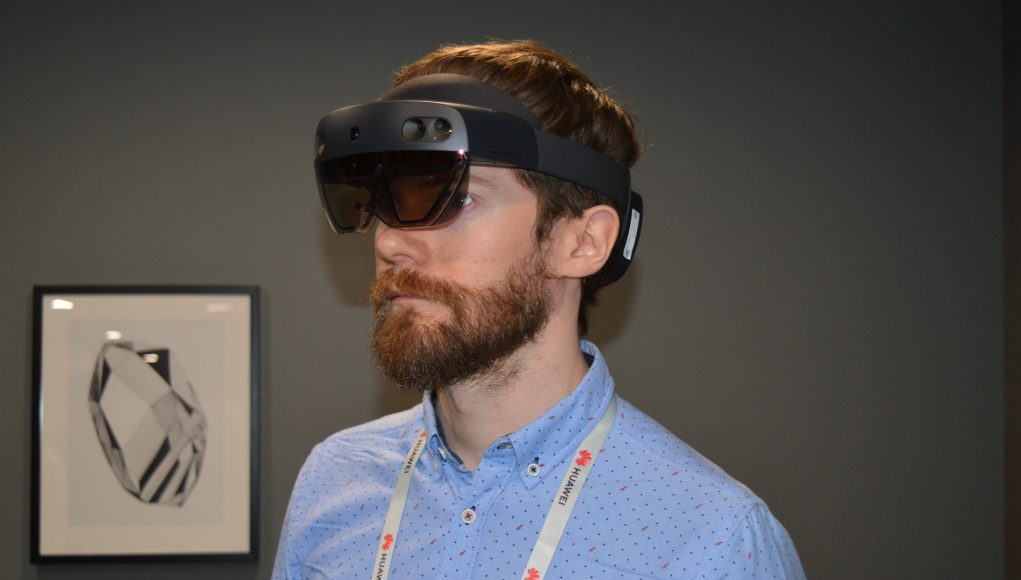The second-generation HoloLens, first unveiled at Mobile World Congress earlier this year in Barcelona, still doesn’t have a firm release date yet, although it appears that’s about to change pretty soon.
As reported by Reuters, Microsoft’s executive vice president Harry Shum took the stage at the World Artificial Intelligence Conference in Shanghai yesterday, saying that HoloLens 2 will go on sale sometime in September.
When asked to clarify Shum’s reported launch announce, Microsoft issued this statement to several outlets, including Engadget and Tech Radar:
“As we announced in February, Microsoft HoloLens 2 will begin shipping later this year. We have started collecting expressions of interest for HoloLens 2 preorders and, as part of our standard practice for gathering feedback, have shared near-final prototypes with some customers, but have not announced a date for general availability.”
Important to note is the company didn’t disavow the executive flub outright, which could mean Shum simply shared launch plans that weren’t cleared for a public audience. Considering Microsoft admits to having shared near-final versions of the headset with its earliest customers, at the very least it’s clear we’re getting very close to a general launch.

The company’s second standalone AR headset boasts a few important upgrades over the original, although it brings much more than just a bigger FOV. It has better ergonomics, better hand-tracking, better object interaction, and includes both eye-tracking and voice input. Check out our in-depth hands-on with HoloLens 2 for more.
Priced at $3,500, it’s doing all of that at a slightly higher price than the original, which launched in mid-2016 for $3,000. This of course puts both headsets well outside the reach of consumers, placing it squarely in the realm of the enterprise sector, although a general launch will undoubtedly bring HoloLens 2 into the hands of early developers eager to explore just what material benefits the company’s latest AR headset brings to the table.
And while Microsoft seriously misrepresented HoloLens 2’s FOV at its unveiling, getting it into the hands of unbiased devs should shows us exactly what the headset is capable of outside the manicured demos we saw at MWC 2019.







